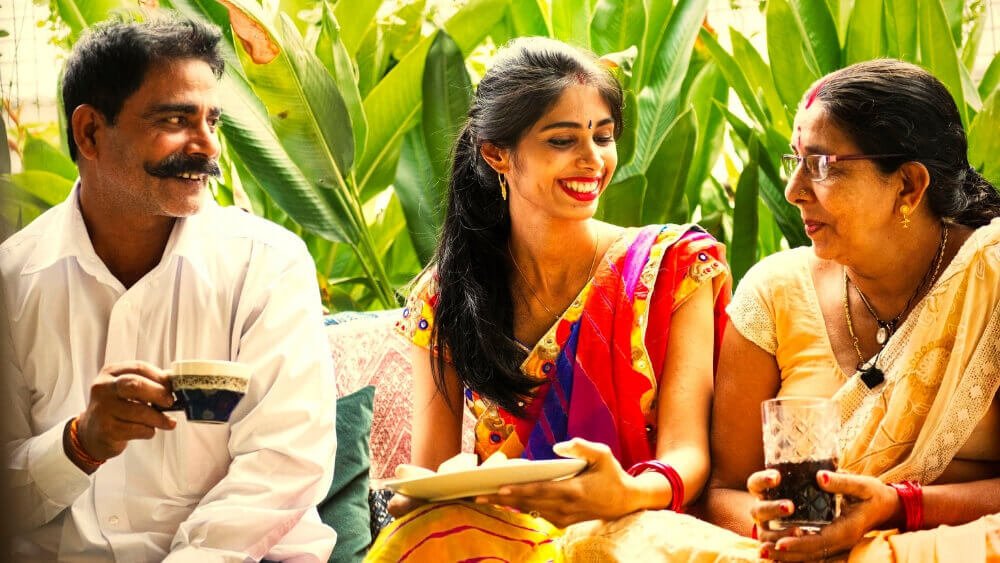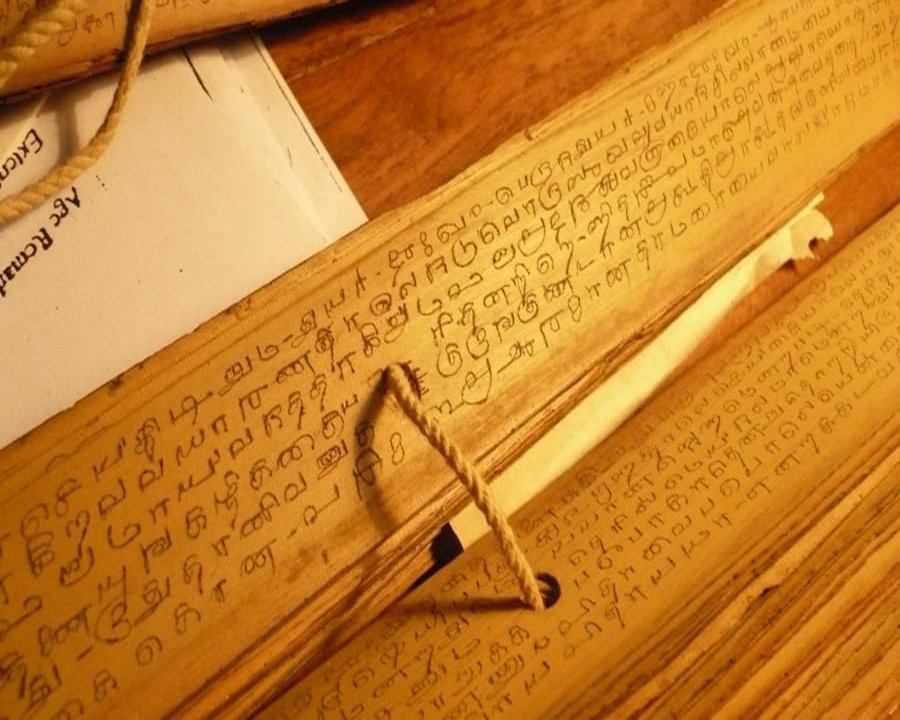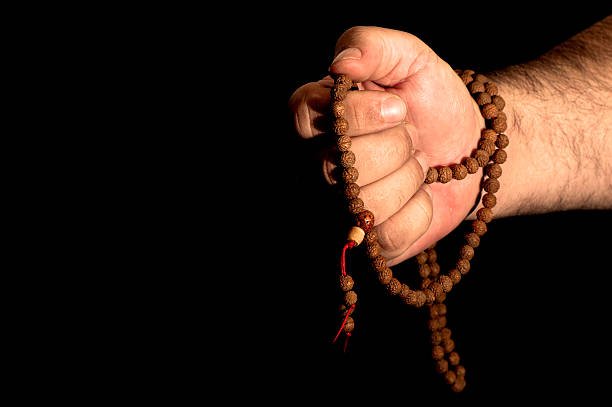The primary objective of a person’s life is spiritual development or evolution. Hindus practice rebirth. Hinduism asserts that only the body dies when we die. The soul never dies. It reincarnates in a new body, and the cycle of birth and death continues until the soul, or Atman, reaches Moksha, or union with Brahman, or God. Before this occurs, the soul may need to give birth to multiple children. The soul goes through a spiritual evolution over many lifetimes that enables it to join God.
A person’s spiritual development can be learned a lot from their horoscope. A person’s spiritual development can be gauged by participating in one of a few yogas for spirituality. However, the materialistic aspects of life are the primary focus of the majority of classical astrological texts. This is not surprising considering that they were written by courtly astrologers for kings.
For instance, Varahamihira’s Brihat Jataka, which was written in the sixth century, is a comprehensive work on astrology. It goes into great detail about many aspects of predictive astrology, but only four of the stanzas deal with yogas, or planetary combinations for spirituality. Therefore, it would not be incorrect to assume that spiritual astrology, in comparison to other aspects, is a neglected and secretive component of Vedic astrology. Perhaps the ancient Rishis preferred to keep it a secret or only taught it to a select few worthy individuals.
Rahu as A Spiritual Catalyst
Rahu is a significant planet that has a significant impact on our spiritual development. Since it is the north lunar node, it does not exist. As a result, it is known as a shadow planet. The south lunar node is Ketu.
In Vedic astrology, Rahu influences our approach to authority, control, and power. Rahu can make people more ambitious and willing to take risks. Opportunities that can lead to immense wealth and fame can be provided by it. Rahu is very materialistic and makes illusions. It never becomes content with what it has. Rahu moves from one sign to another for 18 months. It has an 18-year Mahadasha period.
Rahu has a strong negative influence and has the potential to make the native’s life very hard. The karmic issues that the native has carried over from previous births are revealed by its presence in the horoscope. Issues or bonds of various kinds arise when Rahu aligns with various planets.
So, how does Rahu support our spiritual development? Rahu helps us get clear on the things that really matter in life, like our goals, values, and beliefs. This makes it possible for us to have the things we want in these areas come true. It allows us to travel toward enlightenment by illuminating our gloomy places.
Rahu has the power to keep us from getting too caught up in materialistic desires. This helps us pay more attention to the more profound aspects of life. We can gain a better understanding of ourselves and realize who we really are. We turn away from success in the outside world because of its energy. We instead set out on an internal journey of self-discovery. We are thus freed from any preconceived notions regarding the success expectations of society.
Individuals who are influenced by Rahu will select distinctive means of personal development. These could be practices of mindfulness or meditation. Alternately, they can experiment with something like ayahuasca, a spiritual and religious drink. People begin to become more self-aware in this manner and discover the innate wisdom they already possess. They will also push past the limits that limit their potential and develop spiritually over time.
Ways in Which Rahu Brings Spiritual Growth
Spiritual development is aided by the Mahadasha of Rahu receiving Jupiter’s aspect when it is associated with the fifth or ninth lord.
There are many ways that Rahu can help you spiritually. When Rahu and Jupiter are in the same sign as Jupiter (Pisces or Sagittarius), this combination can lead to spiritual development in any of the Moksha sthana (the 4th, 8th, or 12th houses).
Putting up with a very difficult Rahu Mahadasha is another option. This can occur if Rahu Mahadasha occurs in Mercury’s Gandanta nakshatra (especially in the fourth pada). The Mahadasha of Rahu would then result in significant change. Even if nothing else is going on, the Rahu Mahadasha has a tendency to dramatically alter the native’s life.
Anta means “the end,” while Gand means “knot.” Therefore, Gandanta denotes the final knot. Gandanta is a symbol of a major problem we need to solve within ourselves. To put it simply, Gandanta is nothing more than an accumulation of negative karma in one’s karmic account. Over many births, the native has not cleared it, resulting in a knot. The native has made similar errors in numerous previous lives that they have never attempted to correct. Additionally, they are likely to make the same mistakes during their current pregnancy. As a result, their own karma keeps them stuck in a vicious cycle. The soul must go through Gandanta experiences in order to progress into a higher dimension, despite their often-extreme agony.
As they attempt to unravel the secret knot that will lead them to the next level, planets in these positions will create uncertainty. Trauma, interpersonal conflicts, or internal struggles are all ways in which these issues will manifest in a person’s life. In order to prepare our minds for the next stage of our soul’s journey, we may have to endure a very trying time when life reaches a point of clarity. This won’t happen until you’re happy with where you are right now. To move on to the future, one must accept the present. The Gandanta has a lot of power in the positions of the planets. They suggest that our birth in this life served a very special purpose. To progress to the next level of spiritual development, it may be necessary to confront numerous issues and make adjustments. This has the potential to untie the knot and bring joy.
The materialistic aspects of life typically take the lead during the Rahu Mahadasha period. Rahu can show you the bad aspects of life from this position. You can learn a lot from Rahu. From the mud, a lotus blossoms. In a similar vein, during the 18 years of its Mahadasha, Rahu will subject the native to unpleasant things. The native will have endured the worst by the time the Jupiter Mahadasha begins, and they will be ready to take advantage of the positive aspects of Jupiter. All that the natives went through during Rahu Mahadasha would have cleansed their minds. The native’s soul would have begun the path toward spiritual development as a result of Rahu’s karmic lessons, regardless of whether Jupiter Mahadasha has positive or negative effects.





